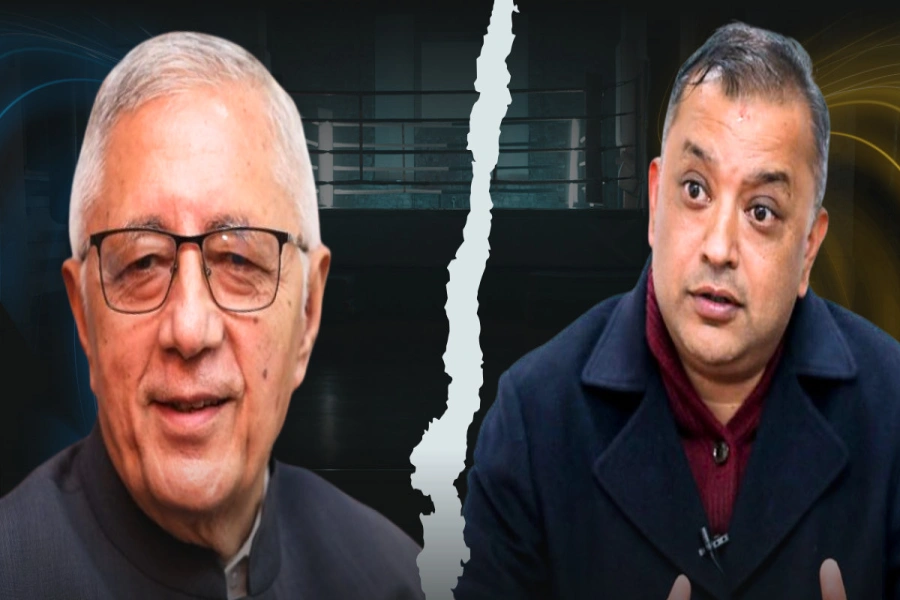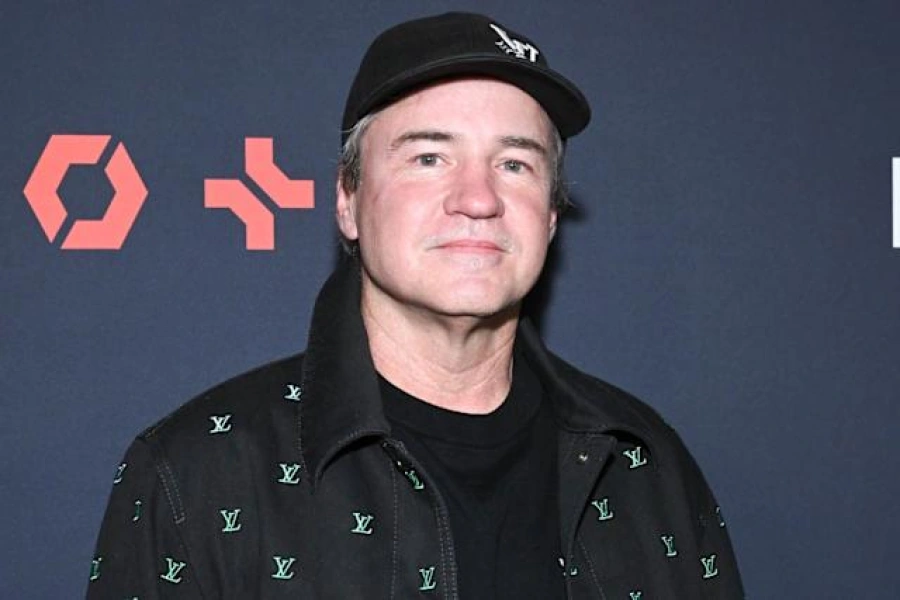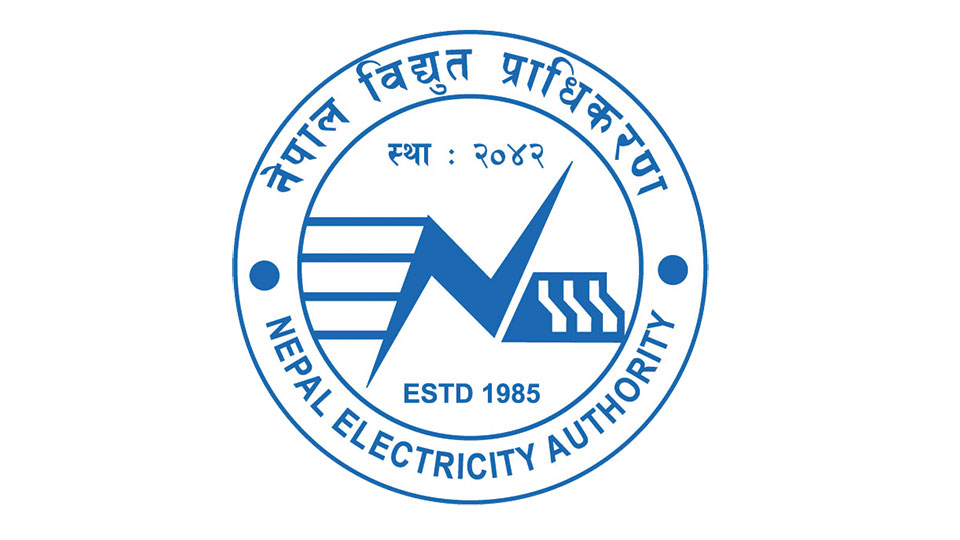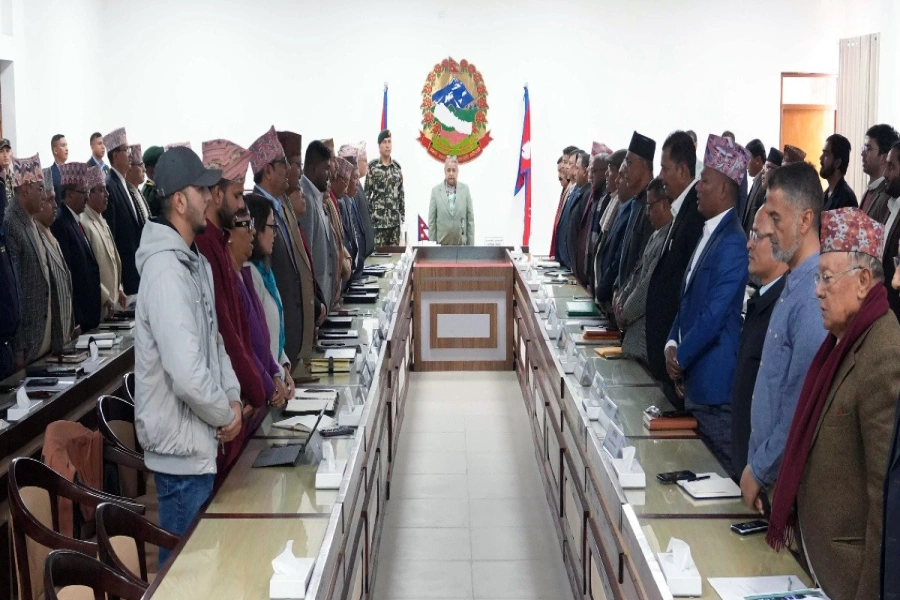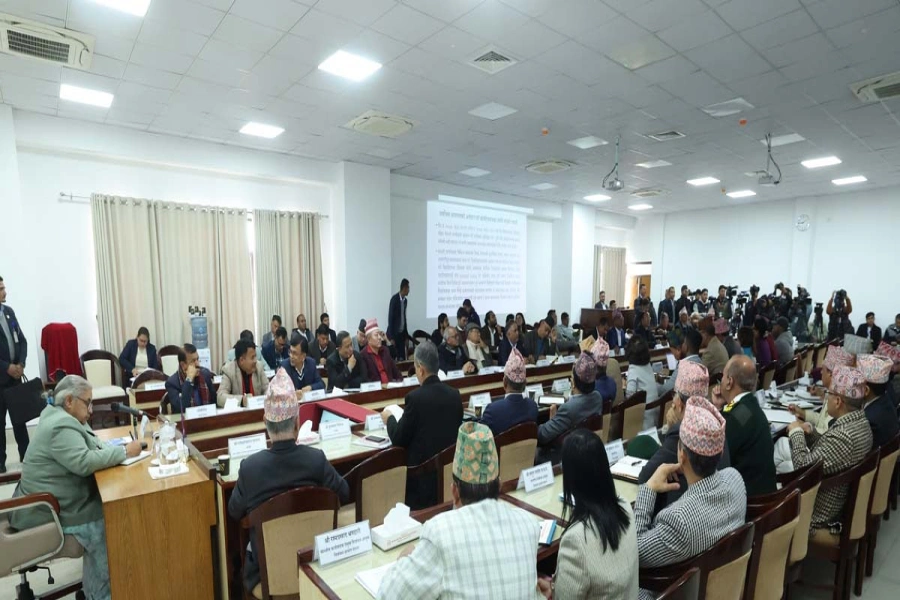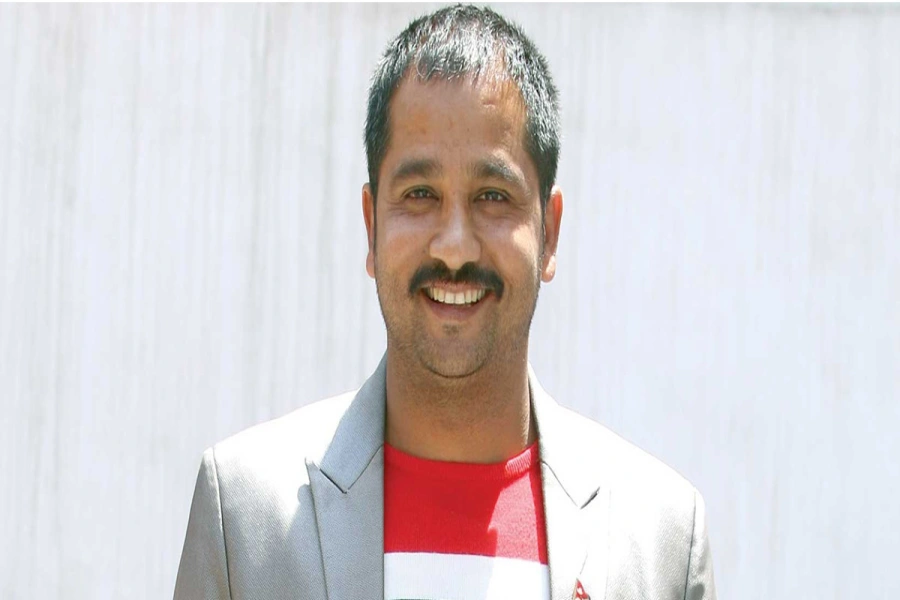KATHMANDU, May 26: Private sector has demanded that the government revise the electricity tariff rate and maintain uninterruptible power supply to increase domestic consumption of electricity.
Nepal Electricity Authority (NEA) has been charging an average of over Rs 10 per unit from the households even if the cost per unit for the state-owned power utility has come down to Rs 2 per unit. For the industrial users, the cost is up to Rs 30 per unit. At present, households have been consuming around 37 percent of the total demand while it is 42 percent by the commercial sector.
Ananda Chaudhary, treasurer of Independent Power Producers’ Association, Nepal, said the electricity tariff in Nepal is one of the highest in the South Asian countries. “This has impacted consumption by both the households and industrial sector,” said Chaudhary at a program organized by the Society of Economic Journalists-Nepal (SEJON).
Revised interest rate corridor system introduced

According to Chaudhary, the lack of government policies such as a guideline on cross-border power trading and regulation for power trading and wheeling charges have been affecting the cross-border trading of electricity.
As of Tuesday, the country’s demand for electricity is Rs 1,302 MW. While the private hydropower projects produce 618 MW, NEA through its production plants has been supplying 572 MW and the rest is imported from India. A number of projects including Singati Khola Hydropower (25 MW) and Upper Tamakoshi Hydropower Project (456 MW) are almost in the final stage of construction. According to the Ministry of Energy, Water Resources and Irrigation, new projects with a capacity of around 17,000 MW are still in the process of construction. “Although the country is heading toward surplus energy production, the consumption has not grown significantly,” the ministry Secretary Madhu Bhetwal said.
Bhetwal also stressed the need for revising the existing modality of electricity tariff to facilitate energy consumption in a number of sectors including electric vehicles, special economic zones, cement factories and several industries in the industrial corridors.
The participants also underlined the disruption in smooth power supply due to poor infrastructure including the transmission lines causing the low consumption of electricity. “There is an urgent need for a large amount of investment in transmission lines to increase load,” said Hitendra Dev Shakya, managing director of NEA.
Petroleum products that are imported from India are the topmost expenses in the country’s import lists. The government has been subsidizing the cooking gas whereas the country has been losing a large amount of foreign currency to import the gasoline in the absence of policies to boost domestically produced hydroelectricity that are going on wastage due to lack of infrastructure.
Ram Prasad Dhital, member of the Electricity Regulatory Commission, said they were studying the possible changes in electricity demand by households and industrial consumers along with a revision of the tariff management system.




